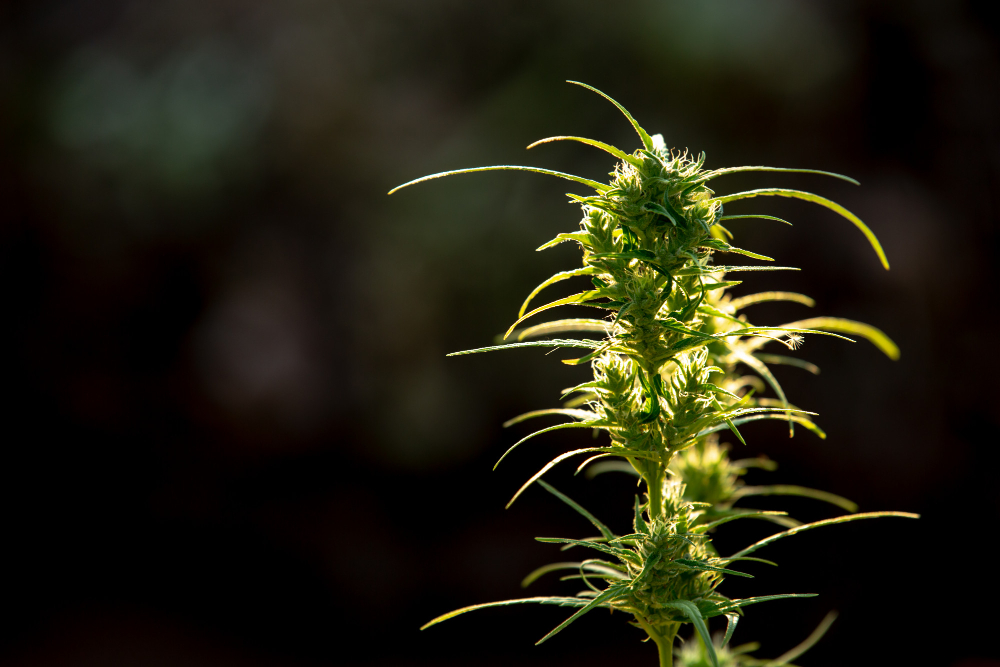
The landscape of healthcare is constantly evolving, with a growing recognition of the potential benefits of herbal therapies. In recent years, one of the most prominent discussions in this realm has revolved around medical marijuana. In cities like Brisbane, Australia, the emergence of cannabis clinics like CannaAid Medical has sparked interest and debate regarding the role of cannabis in healthcare. Let’s delve into the science behind herbal therapies, particularly focusing on medical marijuana in Brisbane.
Herbal Therapies: A Historical Perspective
Herbal remedies have been used for centuries across various cultures for their perceived healing properties. Plants like cannabis have a rich history in traditional medicine, where they were often utilized to alleviate pain, reduce inflammation, and promote overall well-being. It’s this historical background that has led to a resurgence of interest in herbal therapies within modern healthcare systems.
The Rise of Medical Marijuana
The legalization of medical marijuana in many parts of the world has paved the way for scientific research into its potential therapeutic effects. In Brisbane, the establishment of cannabis clinics signifies a shift towards integrating herbal remedies into mainstream healthcare practices. Medical marijuana, derived from the cannabis plant, contains compounds known as cannabinoids, notably THC (tetrahydrocannabinol) and CBD (cannabidiol), which are believed to exert various physiological effects.
Understanding the Endocannabinoid System
To comprehend how medical marijuana works, it’s crucial to grasp the endocannabinoid system (ECS). This intricate network of receptors and neurotransmitters plays a vital role in regulating numerous physiological processes, including mood, appetite, pain sensation, and immune response. The cannabinoids present in medical marijuana interact with the ECS, potentially influencing these physiological functions.
Therapeutic Potential of Medical Marijuana
Research on medical marijuana has uncovered several potential therapeutic applications. One of the most well-known uses is for pain management. Studies suggest that cannabinoids like CBD may possess analgesic properties, offering relief for conditions such as chronic pain, neuropathic pain, and arthritis.
Moreover, medical marijuana has garnered attention for its potential in alleviating symptoms associated with various medical conditions. For instance, it’s been explored as a complementary therapy for cancer patients undergoing chemotherapy, as it may help mitigate nausea, improve appetite, and relieve pain.
Cannabis Clinics: Bridging the Gap
The establishment of cannabis clinics like CannaAid Medical in Brisbane represents a bridge between traditional herbal remedies and modern medical practices. These clinics provide a platform for patients to access medical marijuana under the guidance of healthcare professionals. Through personalized consultations, patients can discuss their health concerns and explore whether medical marijuana is a suitable option for them.
Addressing Misconceptions
Despite the growing acceptance of medical marijuana, there are still misconceptions that surround its use. One common concern is the potential for addiction or misuse. While THC, the psychoactive component of cannabis, can lead to dependency in some individuals, CBD, which lacks psychoactive effects, is generally considered safer in terms of addiction potential.
Additionally, there’s ongoing research to better understand the long-term effects of medical marijuana and to develop guidelines for its responsible use. Cannabis clinics play a crucial role in educating patients about the risks and benefits, helping them make informed decisions about their healthcare journey.
Integrating Herbal Therapies into Healthcare
The integration of herbal therapies like medical marijuana into healthcare requires a collaborative effort between healthcare providers, researchers, policymakers, and the public. Evidence-based research is essential in guiding clinical practice and ensuring the safe and effective use of herbal remedies.
Furthermore, initiatives aimed at destigmatizing herbal therapies can encourage more open discussions and facilitate access to these alternative treatment options. Public education campaigns, professional training programs, and regulatory frameworks play pivotal roles in shaping the landscape of herbal medicine within the healthcare system.
Looking Towards the Future
As scientific understanding of herbal therapies continues to evolve, the future holds promise for innovations in healthcare. Medical marijuana, alongside other herbal remedies, may emerge as valuable additions to the therapeutic armamentarium, offering alternative options for patients seeking holistic approaches to wellness.
In conclusion, the science behind herbal therapies, particularly medical marijuana in cities like Brisbane, reflects a dynamic intersection of tradition and innovation in healthcare. With ongoing research, responsible practices, and collaborative efforts, herbal therapies have the potential to contribute significantly to the promotion of wellness and quality of life.








